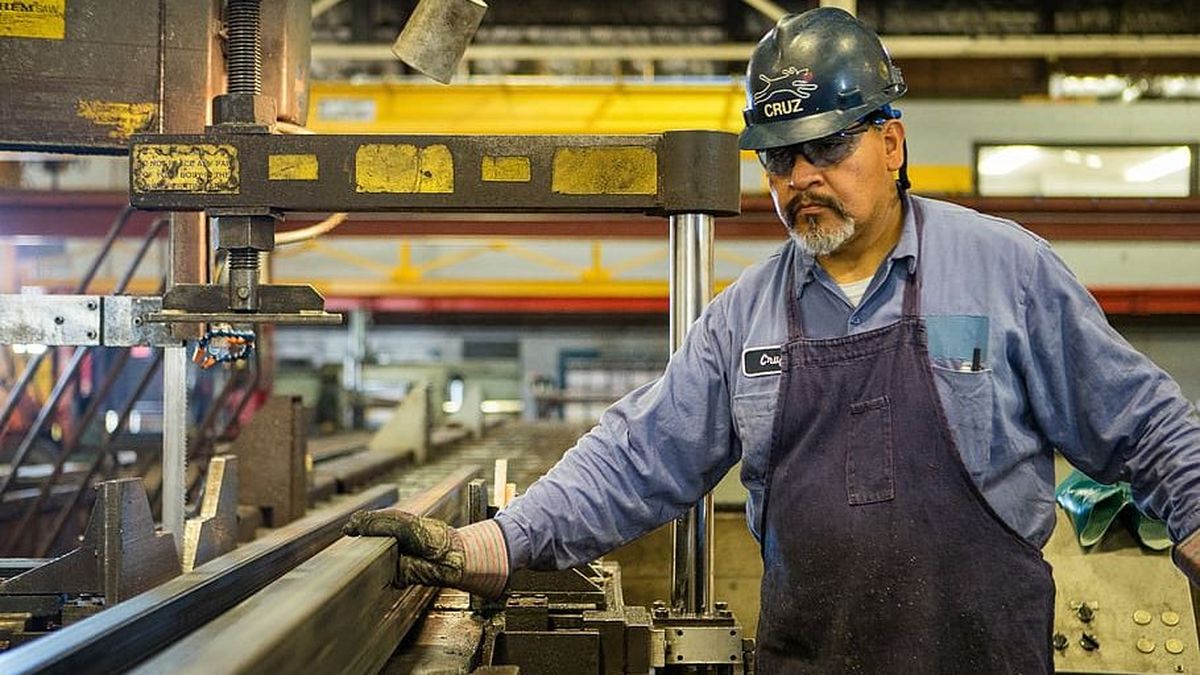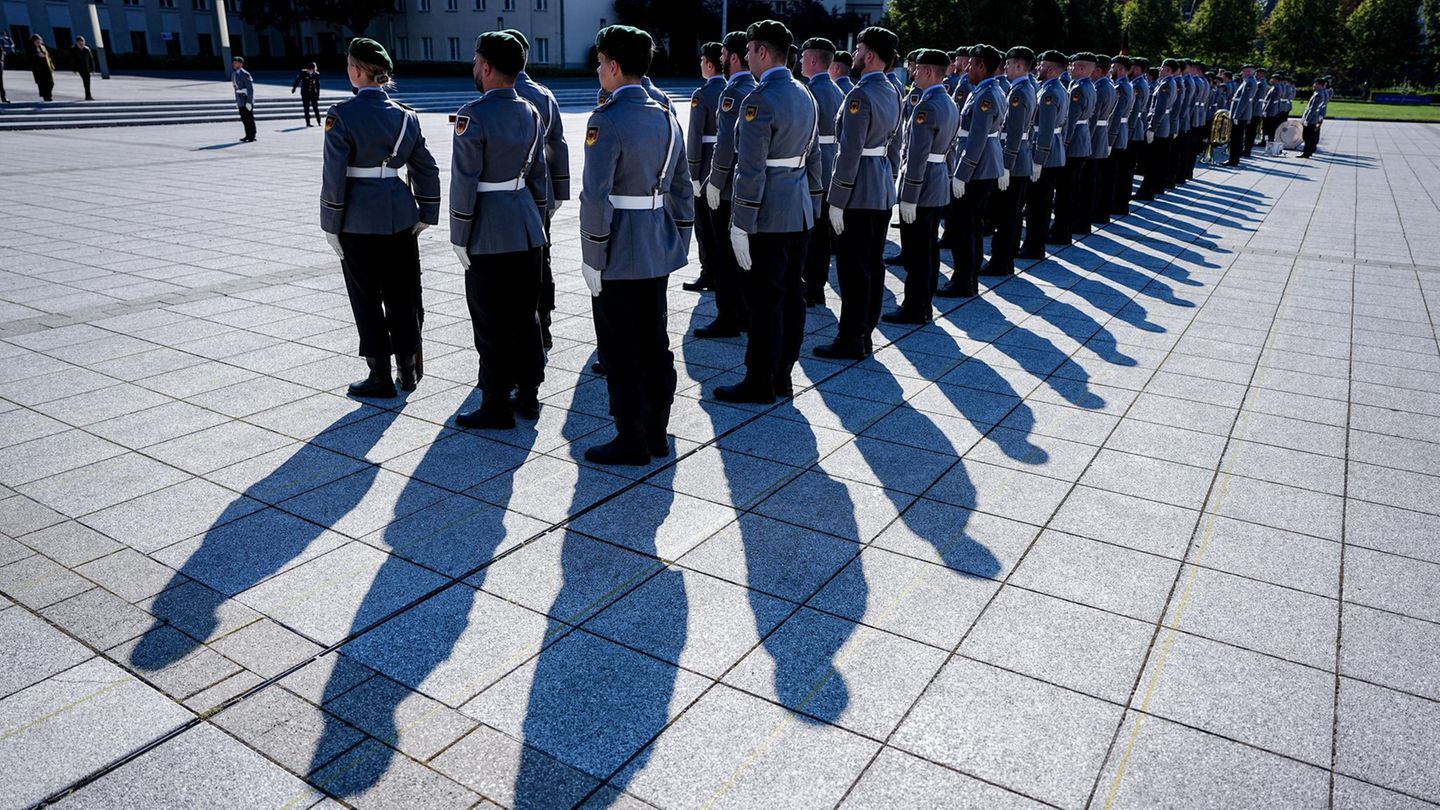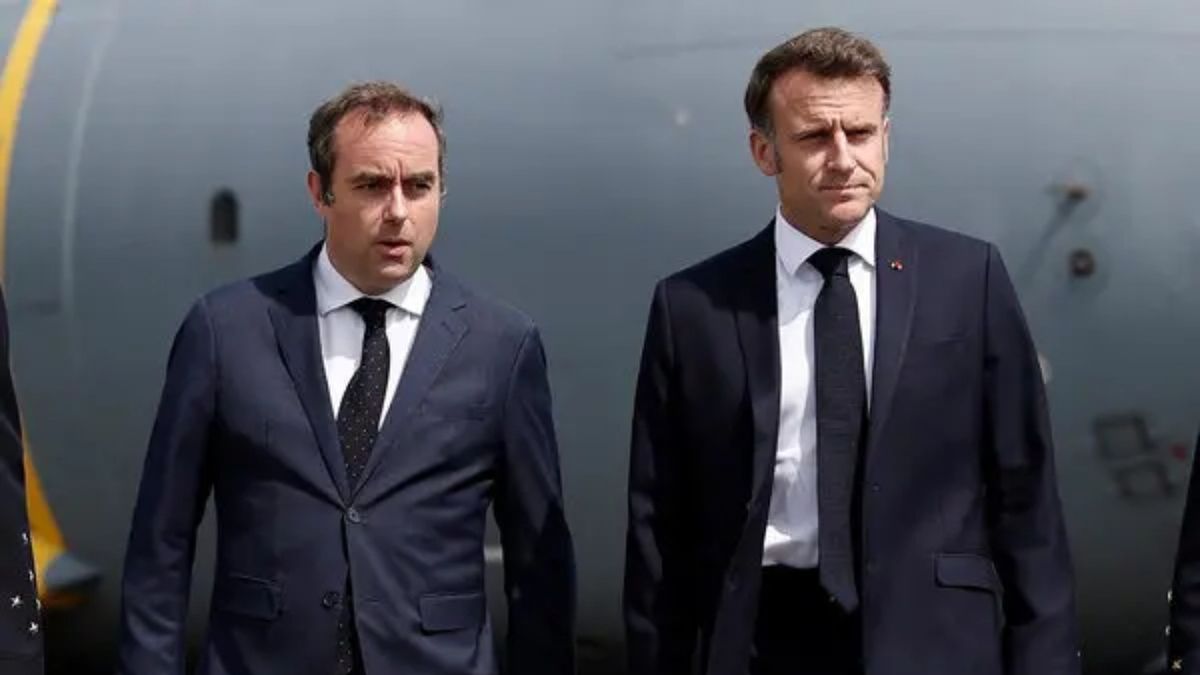“The World Bank’s forecast is more similar to that of the agreement with the IMF, which is between 3.5% and 4.5%,” Equilibra economist Lorenzo Sigaut Gravina told Ámbito, who in any case clarified: “We see no room for that growth. In fact, the REM adjusted the last one downwards, to 3.3% the growth for 2022”.
“It seems to me that there is a complex point on the reservation side, I think it is the Achilles heel of the Argentine economy, because it has a low level of net reserves and one of the commitments, which is beginning to look difficult for the BCRA to comply with in the agreement with the IMF, is to accumulate net reserves. With the disbursements of the Fund itself, which can be accounted for as net reserves, and loans from international organizations, that will give us the US$5.8 billion that we should accumulate this year. And the reality is that we are accumulating less. The Central Bank, even in a time of high liquidation of the thick harvest, is having low purchases for the moment”, remarked Sigaut Gravina.
In this scenario, the analyst pointed out that even “today it is not clear if the dollars will be there” to maintain the level of activity at the end of last year, “which could give a growth of 4%”. “If the restrictions on imports are not going to be increased, they can generate supply problems in some sectors, more inflation, a further drop in the level of purchasing power and a further drop in the level of activity,” he pointed out.
“So the feeling today is that the level of activity is going to drop in seasonally adjusted terms for the rest of the year. Because the statistical drag that closed 2021 gives a growth of 4% for this year, when the REM speaks of 3.3%, it is seeing that in seasonally adjusted terms there will be a slight contraction. And we believe it even a little below, “he concluded.
For his part, from Ecolatina adjusted their GDP growth estimate for 2022 upwards to 4%. “Although the outlook for the real economy did not improve substantially -and the improvement in the estimate was mainly the product of the greater statistical drag that the new data showed-, the projection is consistent with a scenario in which the higher nominality not only does not hit activity in the short term, but rather the present pro-consumption bias that the processes of inflationary acceleration entail, together with the effort to sustain real incomes, put a support to the consumption of families”, Santiago Manoukian pointed out in this regard. , firm economist.
“However, the accelerated recovery of 2021/early 2022 was not free: to a large extent it was possible thanks to the marked growth in exports, mainly due to the price effect, which made it possible to sustain an even greater increase in imports, a trend that is consolidating so far this year, to which are added the jump in the price of energy, the greater outflow of foreign currency from tourism and the increase in expenditures on freight”, added the analyst, who remarked: “That is to say that the problem is not so much one of supply, but of demand, in such a way that for the second semester, when the supply of foreign exchange drops substantially for seasonal reasons, the picture will be complicated: the goal of accumulation of reserves puts a ceiling on the level of imports that can be paid with the current level of supply of foreign exchange, especially when discounting that purchases of energy will grow strongly, added to the jump in global inflation, the increase in freight costs and the overheating of the tourism deficit. We anticipate that the Government will face the trade-off between sustaining the current level of imports and, with it, reactivation, or fulfilling the commitment assumed. We do not see that there are currencies to attend to both fronts.”
Meanwhile, as pointed out by Eugenio Marí, Chief Economist of the Fundación Libertad y Progreso, “with record terms of trade, it would be logical to think that Argentina will grow even more” than 4% that is expected by the statistical drag. “However, this is unlikely to happen. For this year, from the Fundación Libertad y Progreso we project a growth of 3.4%. This is because we see that the economy is reaching its ceiling in terms of the level of activity and because the inconsistencies in the economic model are becoming more and more noticeable,” he added.
“Growing inflation, persistent and artificial appreciation of the real exchange rate, companies that stop production due to lack of inputs, more and more regulations on exports, lack of essential infrastructure for production. None of this contributes to growth. In the first half of the year, the remaining rebound in the economy and the historical liquidation of foreign exchange for cereal and oilseed exports helped to prevent these effects from being seen, but as we enter the second half of the year they will begin to hit the level of activity”, detailed Marí.
higher growth
For Sergio Chouza, director of the Sarandí consultancy, the growth of the activity this year would be located above the projections of the REM and what the multilateral organizations mark. “I believe that what is critical is the provision of dollars for the productive sector. And, for that, there is a prioritization that is very conscientious, that is maintained and there is no doubt that it will be able to be sustained in the coming months. Because there will be dollars to import machinery, supplies and components. From the Central Bank there was a certain acceleration in energy payments to get through the winter well, supplied with imports, but there is a cushion of settlements in the oilseed sector, which in the second part of the year will maintain a constant supply of dollars. So the seasonality that is always mentioned for the second quarter of the year is going to be reduced quite a bit. That, from my vision, guarantees the provision of dollars for the productive sector. And the productive sector could continue supplying the demand that, despite high inflation, continues to be strong,” said the economist.
“So I think that for this year we will see a growth of 5% as a floor. It is our scenario, quite conservative. It is possible that it is between the 6% that the President said a few weeks ago and the 5%”, he concluded.
Source: Ambito
David William is a talented author who has made a name for himself in the world of writing. He is a professional author who writes on a wide range of topics, from general interest to opinion news. David is currently working as a writer at 24 hours worlds where he brings his unique perspective and in-depth research to his articles, making them both informative and engaging.




